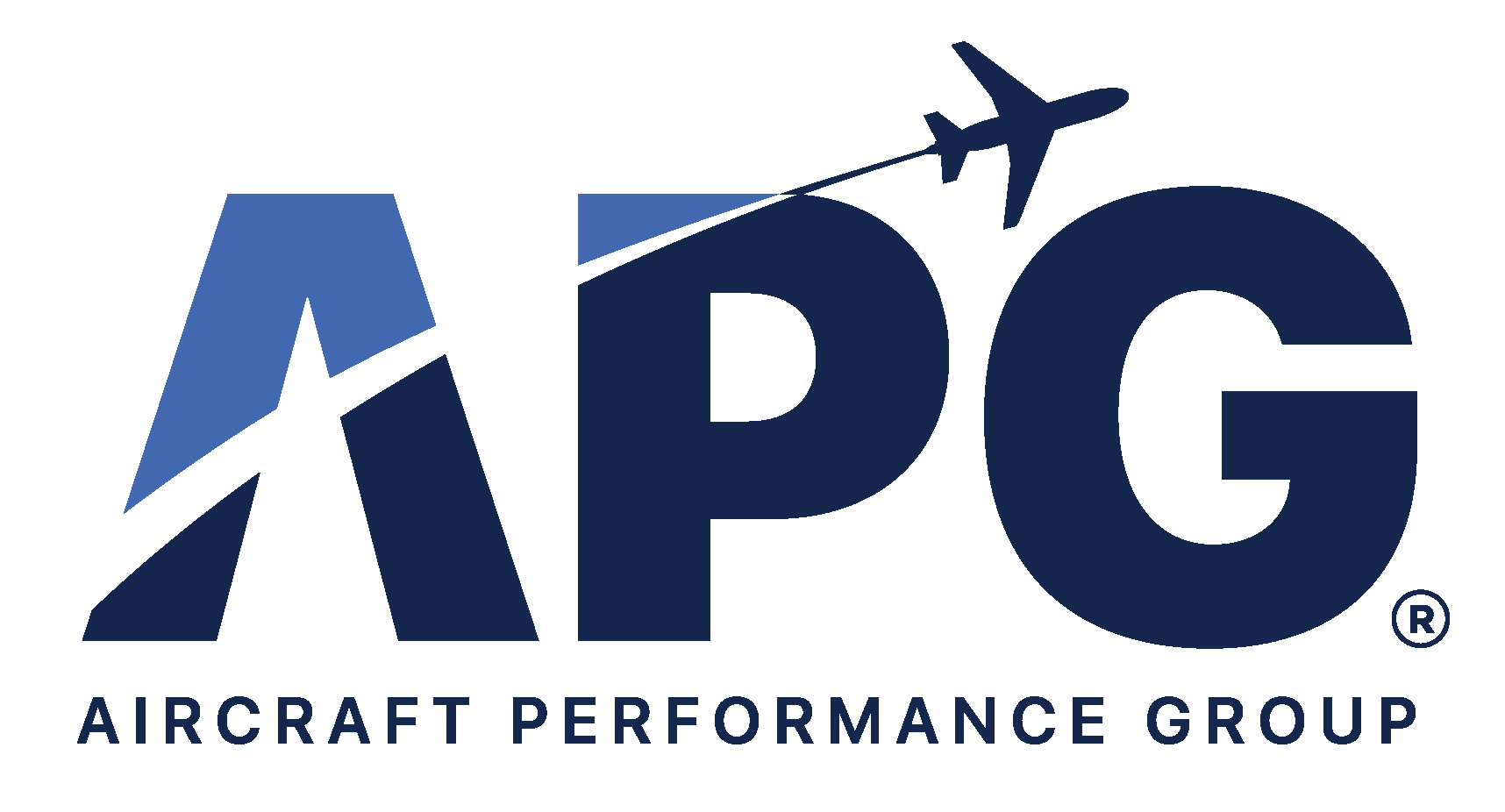Business Jet Deliveries Are on the Rise in 2025 — What That Means for Operators

Business jet deliveries are expected to climb in 2025. Forecasts from Cirium and Honeywell show projected growth of 11–12% in new aircraft deliveries globally. OEMs are scaling production, backlogs remain strong, and new models are entering the market. For pilots, fleet managers, and charter operators, this means more movement, more choices, and tighter planning windows.
A Global Market That’s Gaining Speed
Cirium expects about 695 business jets to be delivered in 2025 — up roughly 11% from 2024 levels. Over the next decade, that total climbs to more than 8,700 jets, with a value around $277 billion.
Honeywell’s 10-year forecast is similar: 8,500 business jet deliveries, totaling $280 billion. OEM backlogs are holding strong, with newer models in high demand and used inventory tight.
This activity signals a clear shift: buyers and operators aren’t waiting anymore. Delays from supply chain disruptions are easing, and the long lead times of the pandemic recovery era are shortening. With that, attention is turning to aircraft availability, model specs, and fleet planning.

Figure: Projected annual business jet deliveries by segment (2025–2034).
Source: Cirium Ascend Consultancy forecast.
Where the Growth Is Happening
North America still leads in total deliveries — and that’s not changing anytime soon. The region is expected to account for about two-thirds of business jet demand in the next five years.
But it’s not the only one seeing growth:
- Asia-Pacific is rebounding, especially in Southeast Asia and India. The region’s fleet grew 1.2% in 2024. India’s business jet fleet has grown by 25% since 2019. China is shrinking slightly, but countries like Indonesia and the Philippines are seeing steady gains.
- Latin America’s market share has doubled to 10%, with Brazil leading demand in both light and midsize categories.
- Middle East continues to grow, especially for large-cabin jets. Operators in the region are increasingly focused on range, comfort, and fleet modernization.
- Europe remains steady — about 16% of demand — but rising regulation and sustainability pressures are shaping operator decisions.
In all regions, the theme is the same: demand is solid, and operators are looking ahead.
What’s Driving the Orders
One of the biggest drivers is the ongoing demand for large-cabin aircraft. These account for over 65% of new aircraft deliveries, particularly in long-range markets like North America, the Middle East, and parts of Asia.
New aircraft types are also drawing attention:
- Gulfstream G800 has cleared both FAA and EASA hurdles and is expected to enter service soon.
- Bombardier’s Global 8000 is scheduled to debut in 2025 — set to be the fastest civilian aircraft since Concorde.
- Gulfstream G400 deliveries are expected in early 2026 as well.
- Dassault’s Falcon 10X is still in development but remains on track for a 2027 release.
- Embraer’s Phenom and Praetor lines continue to perform well in the light and midsize segments, particularly for fleet and charter operators.
Backlogs across these models remain healthy. For operators, that means understanding production timelines and planning upgrades early.

Image: Gulfstream G800 in flight. Certified by FAA and EASA, the G800 is entering service with one of the longest ranges in business aviation.
Source: Gulfstream Aerospace
Who’s Buying and Flying
It’s not just corporate buyers or UHNW individuals driving this growth. Operators across ownership models are active:
- Full ownership still makes up the bulk of revenue, especially in North America and the Middle East.
- Fractional fleets and charter operators are gaining share fast. Platforms offering jet cards, on-demand booking, and guaranteed access are seeing a surge in interest.
- Corporate buyers are returning too. Business travel is stabilizing, and private aviation offers more control and flexibility. VistaJet reported a tripling of corporate RFPs in late 2024.
In India, the Adani Group ordered six PC-24 jets in 2024 — a $36 million investment. Similar corporate moves are being seen across Southeast Asia and the Middle East.
Risks to Watch
Despite the strong outlook, there are risks:
- Supply chains have improved but remain tight in areas like engines and interiors.
- Geopolitical tensions — such as trade restrictions — still impact deliveries. Embraer, for example, continues to navigate tariff uncertainty in U.S.–Brazil–China deals.
- Economic slowdowns in specific regions (like China) could soften short-term demand.
Still, most indicators point to continued momentum in 2025 and beyond.
What This Means for Operators
More deliveries means more planning. For fleet teams, this includes:
- Understanding certification and delivery timelines
- Tracking which aircraft are entering service — and where
- Managing demand shifts between ownership, charter, and fractional models
Whether you’re running a multi-aircraft fleet or managing access for high-volume clients, the market is moving fast. Having reliable tools to track changes, assess aircraft data, and integrate new models into your operation can reduce guesswork and improve readiness.
APG provides preflight solutions that help business aviation teams get flying from day one — with performance data, runway analysis, and flight planning tools designed to keep pilots and operators ready, accurate, and aligned with real-world delivery timelines. To learn more or talk with the team, schedule a meeting with APG.
Final Thought
2025 is shaping up to be a strong year for business aviation. Deliveries are climbing. New models are arriving. Regional growth is spreading. For anyone in the industry — from pilots to planners — staying informed and ready is more important than ever.


